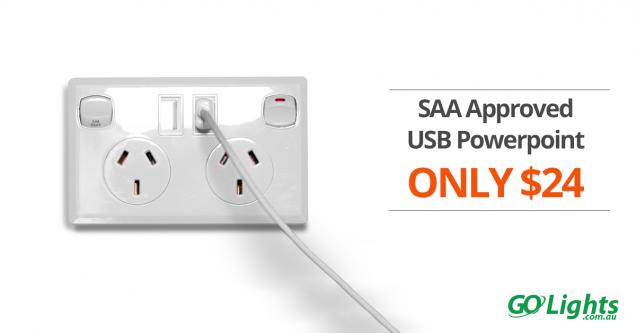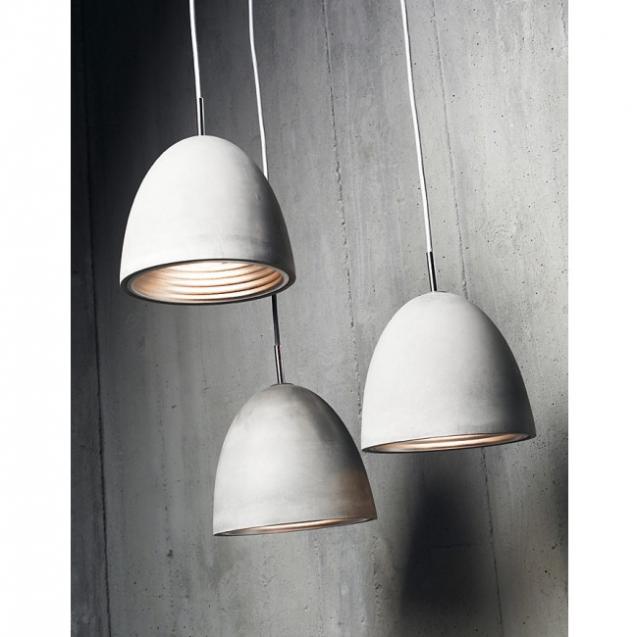
Solar Energy FAQ
By GoLights.com.au|May 18, 2013
Solar Energy FAQs
1) Why will I still need an alternate source of electricity?
The weather is unreliable, and there will be days when the panels do not gather enough light. Moreover, you must also consider the amount of electricity you use in comparison with how much solar power you are generating. Staying on the grid will help to ensure that you always have power.
2) How economic is solar electricity?
In Australia solar electricity is extremely economical due to the warm weather we enjoy. Naturally this will vary from state to state, however for the most part the economics of solar power make sense in this country. Your system is producing electricity for free and has an average lifespan of 25 years. Multiply your annual electric bill by 25 and subtract the cost of the system. That’s how much you will save.
3) Where should the panels be placed?
Northwest facing panels mounted on the roof yield the best results. You can always install them elsewhere of course depending on your situation.
4) What if my roof is flat?
You can use a mounting system to angle the panels appropriately and this issue goes away fairly easily.
5) How will the electricity accumulated be utilized?
The electricity will be converted from DC to AC, and then fed back into either your house or the grid.
6) Are solar panels all I need for my electricity?
This all depends on how big your system is and how much electricity you are using. Check with your solar panel representative to find out what’s best for you.
7) What happens at night?
Since the solar panels cannot collect energy at night, you will have to rely on the mains once the power you have gathered during the day runs out.
8) What about cloudy days?
The panels will most likely collect only half the amount of energy they normally do. If this is not enough, your house will pull electricity from the mains.
9) What about a blackout?
The solar panels will automatically disconnect from the grid for safety issues. They will reconnect after power is restored.
11) Can I add more panels later?
This all depends on the inverter capacity. We suggest you install a converter that allows this option.
12) How do I choose the size of the system?
This all depends on the un-shaded area available, how much you want to spend and how much you want to produce.
13) What is a typical consumption?
In Australia, typical consumption is around 18 kilowatt hours per day.
14) Will I need a new meter?
If it is a traditional accumulation meter, then most likely, yes. Check with your current electricity provider on this.
15) What happens after installation?
If you intend to receive your relevant Feed in Tariff, you must enter into an agreement with your electricity provider. Speak with them for more information.
1) Why will I still need an alternate source of electricity?
The weather is unreliable, and there will be days when the panels do not gather enough light. Moreover, you must also consider the amount of electricity you use in comparison with how much solar power you are generating. Staying on the grid will help to ensure that you always have power.
2) How economic is solar electricity?
In Australia solar electricity is extremely economical due to the warm weather we enjoy. Naturally this will vary from state to state, however for the most part the economics of solar power make sense in this country. Your system is producing electricity for free and has an average lifespan of 25 years. Multiply your annual electric bill by 25 and subtract the cost of the system. That’s how much you will save.
3) Where should the panels be placed?
Northwest facing panels mounted on the roof yield the best results. You can always install them elsewhere of course depending on your situation.
4) What if my roof is flat?
You can use a mounting system to angle the panels appropriately and this issue goes away fairly easily.
5) How will the electricity accumulated be utilized?
The electricity will be converted from DC to AC, and then fed back into either your house or the grid.
6) Are solar panels all I need for my electricity?
This all depends on how big your system is and how much electricity you are using. Check with your solar panel representative to find out what’s best for you.
7) What happens at night?
Since the solar panels cannot collect energy at night, you will have to rely on the mains once the power you have gathered during the day runs out.
8) What about cloudy days?
The panels will most likely collect only half the amount of energy they normally do. If this is not enough, your house will pull electricity from the mains.
9) What about a blackout?
The solar panels will automatically disconnect from the grid for safety issues. They will reconnect after power is restored.
11) Can I add more panels later?
This all depends on the inverter capacity. We suggest you install a converter that allows this option.
12) How do I choose the size of the system?
This all depends on the un-shaded area available, how much you want to spend and how much you want to produce.
13) What is a typical consumption?
In Australia, typical consumption is around 18 kilowatt hours per day.
14) Will I need a new meter?
If it is a traditional accumulation meter, then most likely, yes. Check with your current electricity provider on this.
15) What happens after installation?
If you intend to receive your relevant Feed in Tariff, you must enter into an agreement with your electricity provider. Speak with them for more information.



